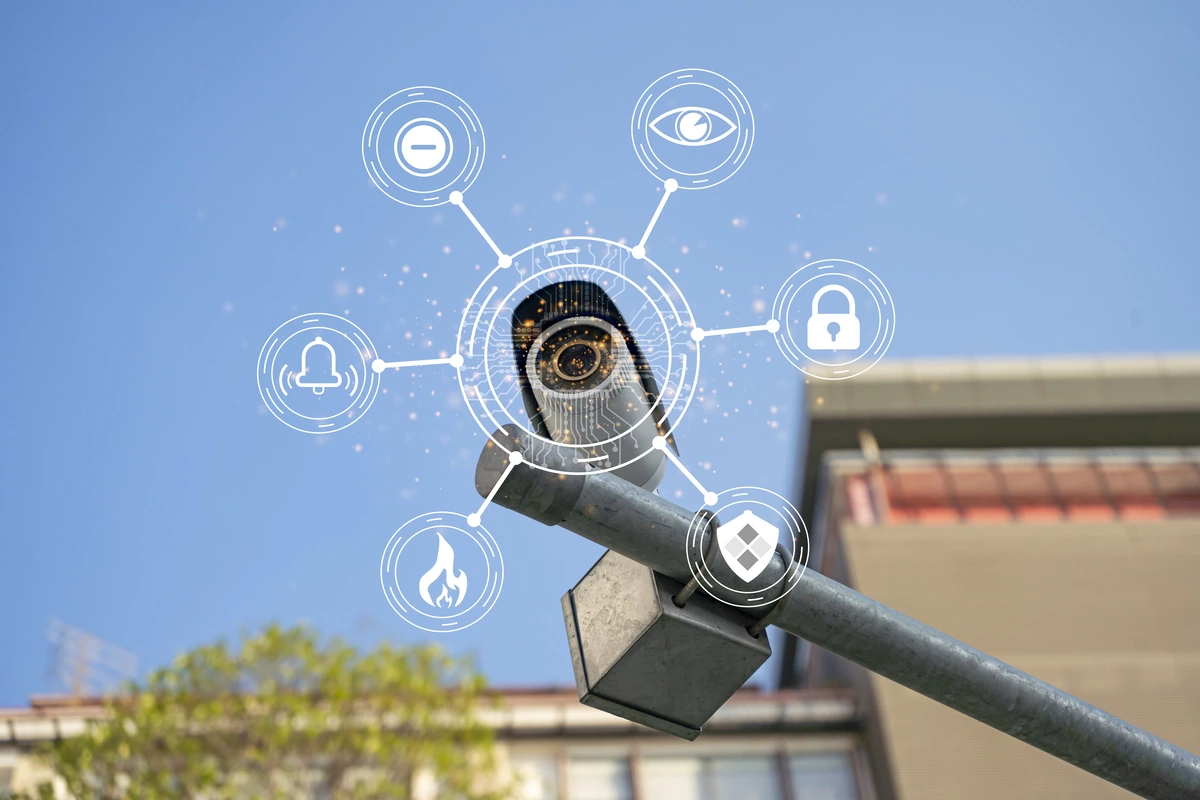Embracing the KNX Smart Home System

In the age of smart technology, there is no corner of our homes or offices untouched by the sophistication of automation. From security to energy management, the ability to control and monitor our surroundings with a touch or a voice command is now a reality – not just a futuristic vision.
KNX stands tall in the realm of smart home solutions, offering a robust ecosystem of control and possibilities.
What is KNX?
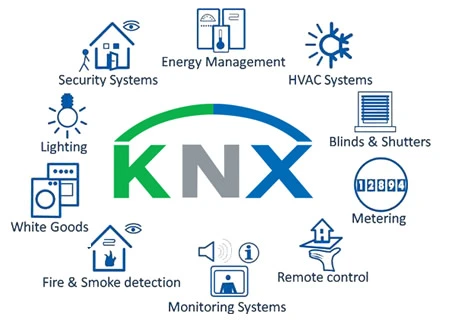
KNX is a standardized protocol for home and building control, which allows for the seamless integration of all manner of devices. These could be lighting, heating, air conditioning, security, home entertainment systems, and beyond – all working together in harmony under the KNX umbrella.
This interoperability is where KNX shines. Irrespective of the manufacturer, KNX devices can 'speak' to each other, simplifying the control system for the user and installer alike.
Comprehensive Control over Your Home
With KNX, there's no scope for a one-trick pony. It's the maestro, orchestrating every note within your domain.
Main KNX System Components
These are the workhorses that translate your commands into actions. Actuators make changes in the physical world (like turning on a light or dimming), while sensors (such as motion detectors and thermostats) gather information to inform these actions.
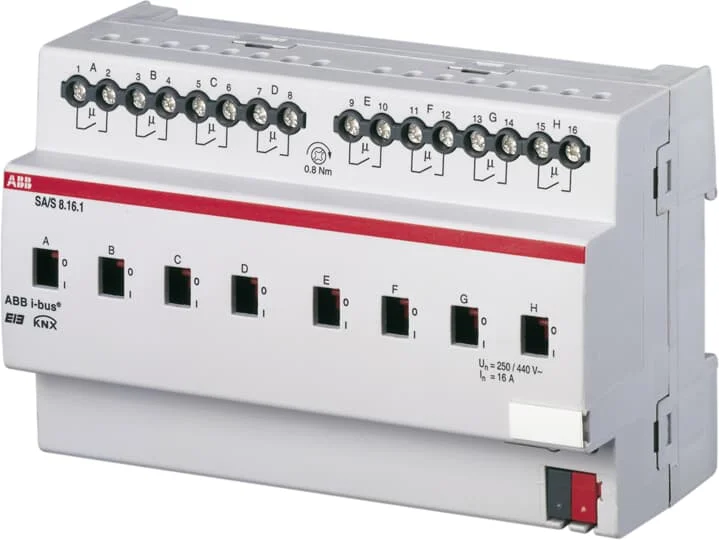
These are your interface – touchscreens or even mobile apps where you can set up scenes and make adjustments on the fly
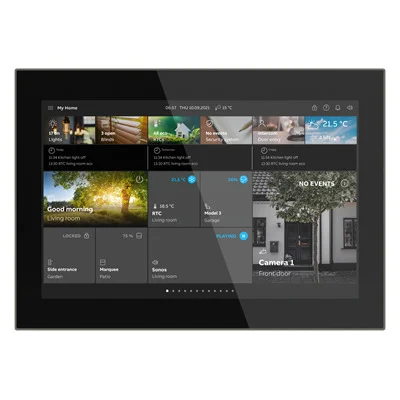
This is the bridge between your KNX system and the wider digital world, allowing your smart home to interact with other devices and systems, and even enabling remote access and control
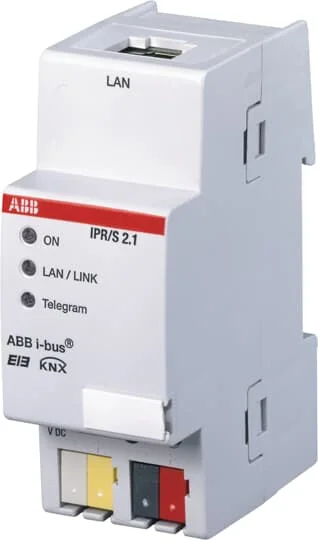
The backbone of the KNX system, the bus is the wire or cable through which all the KNX components communicate
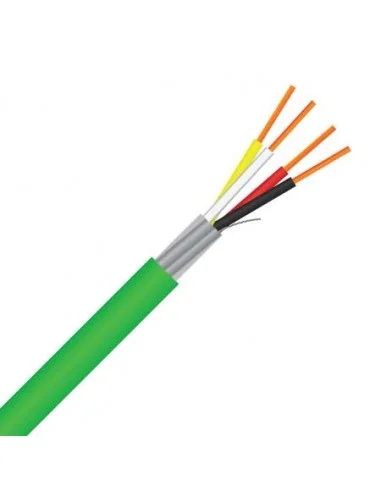
KNX Pros & Cons
KNX Pros
- Saves Energy: A KNX system can lead to considerable energy savings by smartly managing lighting and climate control.
- Durability: Because the KNX System is Based on the wired structure this ensures maintaining stability & durability in the system.
- Full Integration Solution: Any KNX device can communicate with each other even it is from another manufacturer.
- Safety & Security: KNX System is highly secured system based on high data encryption that prevents data to stolen or hacked.
KNX Cons
- Initial Cost: Implementing a KNX system may require a significant upfront investment, especially when compared to simpler, proprietary smart home systems.
- Configuration Complexity: For full control, KNX systems usually require professional installation and configuration.
- Lack of Flexibility: Because the knx system is based on Wire protocol it may be a big headache to change the position of a device or even adding a new device after the system is fully implemented because this may require breaking in the walls

